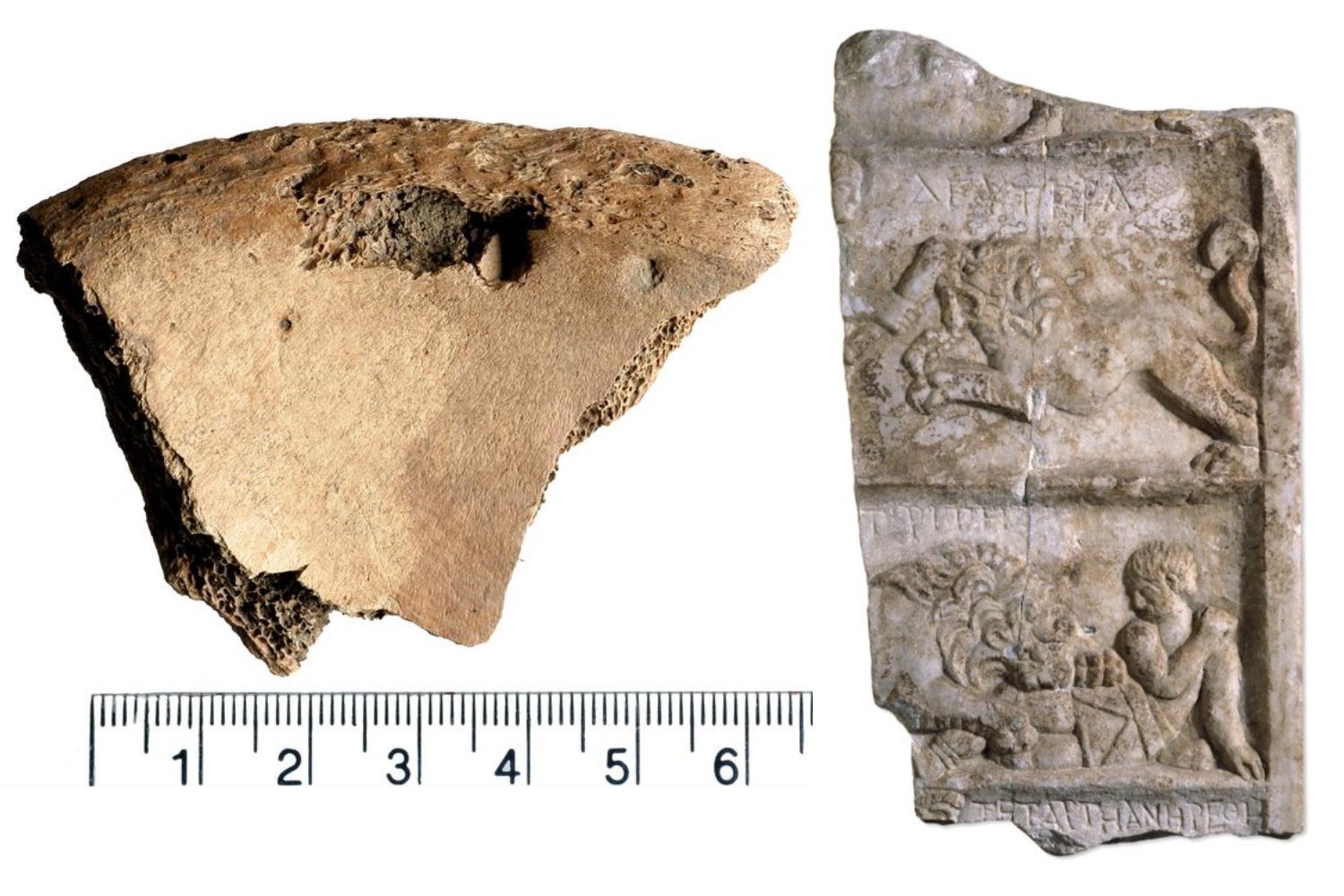Gladiatorial Games are perhaps one of the most iconic and romanticized features of ancient roman culture. Historical Texts, Bas-Reliefs, Pottery, And Mosaics Depict Warriors Fighting to the last breath for freedom and glory, often wrangling exotic beasts in frusts of crowds of Crowds of Cheering Fans. While Gladiatorial Arenas Such as the Roman Colosseum Have Survived for Thousands of Years, Gladiators Themselves Have Left Behind Litle ArchaeeLogical Evidence, And Eveen Less TESS TESS THE TESS THE TESS THE TESS THE TESS THE TESS Legendary Animal Combats.
Researchers in Ireland and the united Kingdom have identified the first physical evidence of ancient roman human-nimal gladiatorial combat in europe: a human skeleton with bites on MARKS PELEVIS PELIVIS PELIVIS PELIVIS Large cat, Unerthed in What is Believed to be a Gladiator Burial outside of York, in the uk.
“For years, our understanding of roman gladiatorial combat and animal spectacles have relied Heavily on Historical Texts and Artistic Depictions,” Tim Thompson, Annthropologist at Maynoot At Maynoot At Maynoot At Maynoots at Maynoot said in a university statement“This discovery provides the first direction, physical evidence that such events took place in this period, reshapping our perception of roman entertainment culture in the region.”
Archaeologists had previously unheamed the skeleton at the center of the studyPublished today in the journey plos one, in Drffield Terrace-Ane Approximately 1,800-ion-old burial ground that scholars speech speculate may have served as a gladyyard in roman streetain. Among other evidence, the numerous skeletal remains belonged to well-world young men from Around the Empire with Various Heled Injuries.
The individual in question was a male between the ages of 26 and 35 with some health issues, and discovered under a layer of humors. LED by Thompson, the team of archaeologists and osteologists made a 3d model of punctures in the man’s pelvis. After comparing them to the bite marks of different animals, they concluded that a large cat has been responsible for the lesions, perhaps while scavenging the body after the man.
“The bite marks were likely made by a lion, which confirms that the skeletons buried at the cemetery ware gladiators, raather than solders or slaves,” Malin Holst, A Co-Author of the Study and An osteoarchaeologist from the university of york, said in a university statementThe bite marks “represent the first osteological confirmation of human interaction with large carnivores in a combat or entertainment setting in the roman world.”
The man was likely a Bestiarius—Typically criminals or prisoners sentenced to fight against animals, without training or defenses, in front of an audience.
“We May Never Know What Brough this man to the arena where we be ben fighting for the entertainment of others,” David jennings, CEO of York Archaeology, SAID in a Plos statement“But it is remarkable that the first osteo-archaeological evidence for this kind of gladiatorial comb WeMbley Stadium of Combat. ” Jennings did not participate in the study.
Thought archaeologists have yet to uncover an AMPHITEHEATER in the Area, The Study Nevertheless Demonstrates that Gladiatorial Culture Reached the Empire’s farthests. It also also confirms the presence of social, political, and military elite in Roman York; Sections of Society that would have required such and cruel entertainment.
